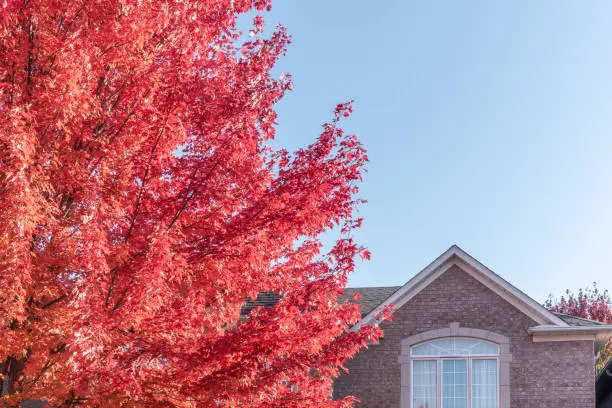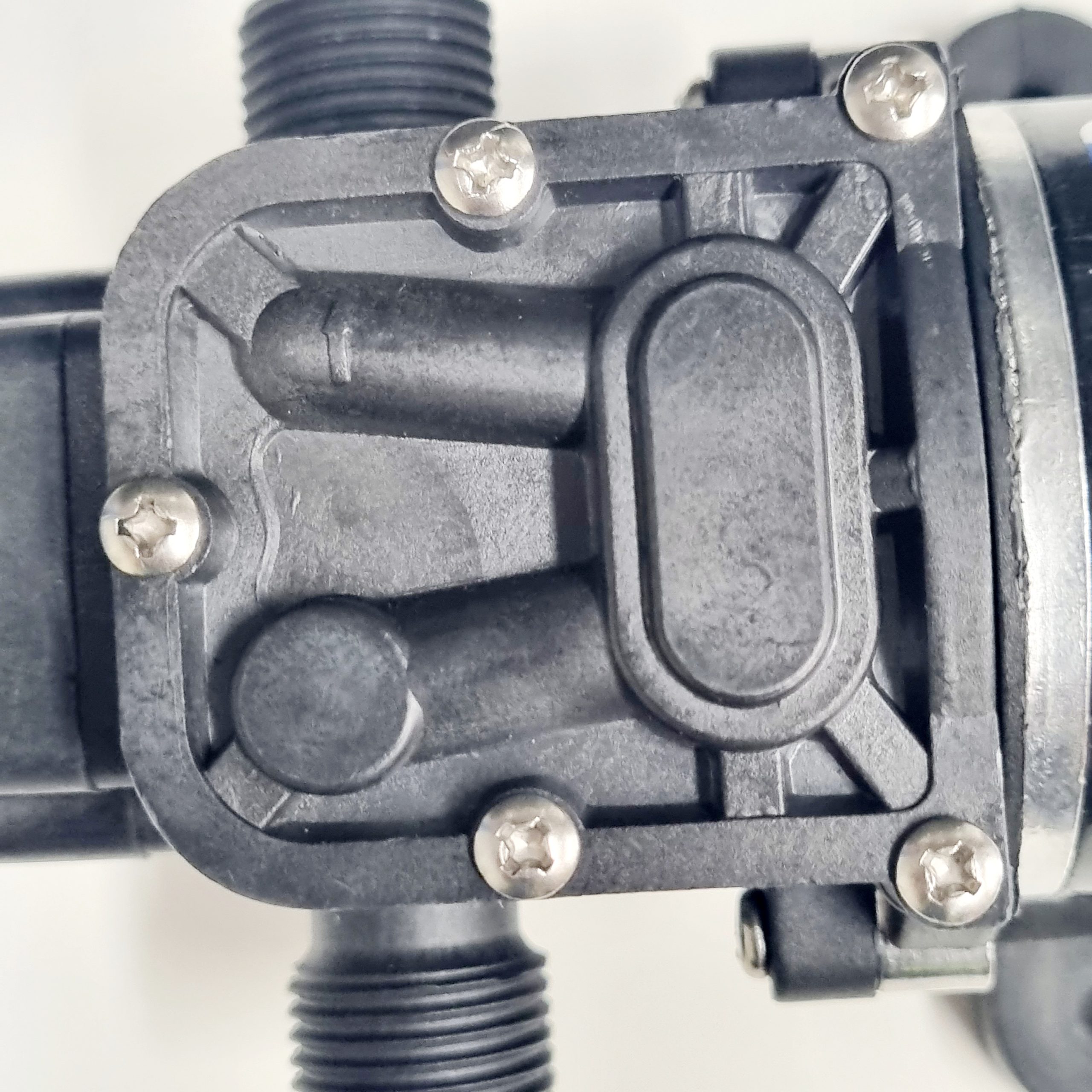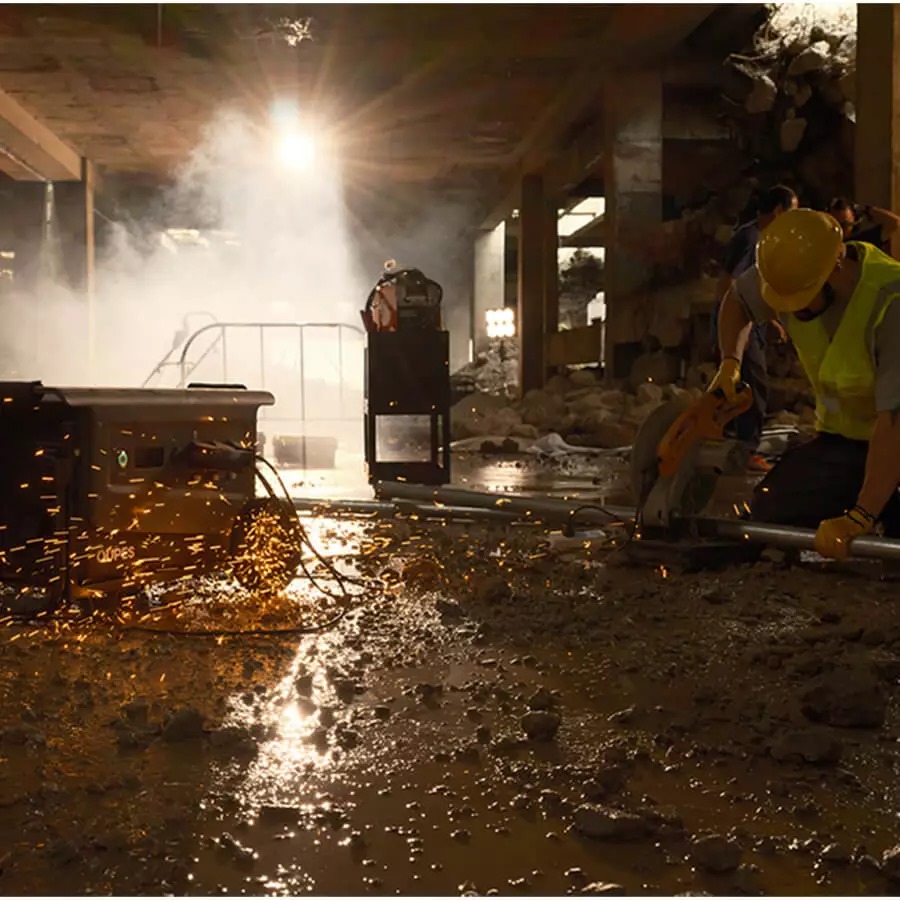
A deck lives outside every day, so it takes a beating. Sun fades color and dries the boards. Rain soaks in and makes the wood swell. Then it dries out and shrinks again. That push and pull creates tiny cracks. Dirt sneaks into those cracks, and the surface turns rough. Feet, pets, chairs, and planters add more wear. None of this means the deck is done. It just needs the right kind of help, at the right time, so it stays safe and looks good.
Think of the deck as part of the home that keeps score in public. It shows every season: hot summers, wet winters, and the days when a few friends hang out after school or work. A tired deck is normal. The smart move is to check what shape it’s in now, then pick the fix that matches its real condition. Sometimes that fix is simple, sometimes it’s bigger. Either way, there’s a calm path forward.
What “seal,” “stain,” and “replace” really mean
These words get mixed up a lot, so here’s a clear way to sort them out without stress. A sealer is clear or almost clear. It soaks in and helps block water so boards don’t swell and split as fast. Some sealers add a bit of sun protection, but not a ton. Sealers are great when the deck still looks decent and just needs armor against rain.
A stain adds color and protects at the same time. Light stains show the wood grain. Dark stains hide more of it and even out patchy areas. Oil-based and water-based stains both work; good prep and good weather matter most. Stain makes sense when the deck looks faded or blotchy and needs a fresh tone.
Replacement comes into play when the wood is too far gone. That means soft spots you can dent with a screwdriver, rails that wobble after you tighten them, or boards split right through. Safety beats looks every time. When hiring help makes more sense than a big DIY project, a service such as Deck Seal can handle sanding and sealing so the wood lasts longer without hassle at home.
How to pick the right move for your deck
Start with a simple water test. Drip some clean water on a dry, clean board. If drops bead up, there’s still a shield on the surface. If they soak in fast and the wood darkens, the shield is gone, and sealing or staining soon is smart.
Next, check for rot. Press the tip of a screwdriver into spots that stay damp, such as where boards meet posts. If it sinks in with barely any push, that wood is breaking down. One or two bad boards can be swapped out. Lots of soft areas point to frame trouble and bigger repairs.
Look at color and shape. If the deck is a mix of grey and brown with dull grain, stain can bring it back. If color still looks fine but water no longer beads, a clear sealer is enough. If boards are twisted, split, or won’t hold nails and screws, those boards need replacing before any finish goes on top.
Prep makes the biggest difference
Good prep beats fancy products every time. Clear the surface. Sweep off grit. Wash with a deck cleaner or mild soap and water. Rinse well. Let it dry until gaps no longer look damp. Rushing traps water under the finish and shortens the life of the work.
Smooth rough spots with sandpaper. A light pass opens the wood so stain or sealer can soak in. Wear eye protection and a dust mask. Vacuum or sweep the dust so the finish can stick.
Check fasteners. Sink raised nails and screws so no one catches a toe. Replace rusted ones. Tighten or fix wobbly rails before coating anything. Finish never replaces solid hardware.
When sealing is the smart choice
Choose a clear sealer when the deck still looks good and only needs a water shield. A sealer keeps moisture out, which reduces swelling, shrinking, and cracking. It also makes cleanup easier because spills don’t soak in as fast. Expect to recoat every one to two years in harsh sun or heavy rain, or every two to three years in gentler weather. Use the water test each spring to decide the timing.
Apply on a dry day with mild temps. Avoid very hot boards in direct midday sun. Work in smooth, thin coats from one end to the other. Watch for puddles in grooves and wipe drips so they don’t leave shiny spots. Follow the label for dry time before walking on it.
When staining makes everything look fresh
Pick stain when the color looks worn or uneven. Semi-transparent stain hits a sweet spot for many decks because it adds color and still shows the grain. Solid stain covers more, which hides flaws but also hides grain; it can look clean and even on older wood with patch repairs.
Stain needs the same good prep as sealer. Dry wood is a must. Stir the stain so the color stays even from start to finish. Test a hidden area to confirm the shade in real light. Apply in long lines along the board length and keep a wet edge to prevent lap marks. Two thin coats often beat one thick one.
Signs it’s time to replace boards or more
Some problems won’t fix with any coating. Clear signs a board should go include deep cracks across the width, soft wood that flakes apart, missing chunks, or knots that fell out and left holes. For the frame, watch for posts that wobble, beams that sag, or metal hangers with heavy rust. Any of those make the structure unsafe. Replacement protects people and saves money in the long run because finishes only last on solid wood.
When work touches power or gas lines, or the frame ties into the house, bring in a licensed pro. Strong footings, level beams, and safe railings matter more than color.
Simple care that keeps the fix going
Keep the deck clean through the year. Sweep often so grit doesn’t scratch the finish. Rinse mud and pollen with a hose. If using a pressure washer, hold a wide fan tip well back and keep pressure low so you don’t carve lines into the wood.
Move planters and rugs once in a while so the surface wears evenly. Put pads under chair legs to prevent scuffs. Catch spills fast. Grease from a grill can stain in minutes. A small tray under the grill helps a lot.
Do the water test each spring. If drops soak in, plan a recoat before summer heat sets in. Regular care is easier than fixing a big mess later.
Picking products without stress
Skip the hype on labels. Focus on fit for your weather and the deck’s needs. In wet places, water protection comes first. In very sunny spots, color with sun blockers helps. Clear sealers keep the natural look but need more frequent care. Stains last longer because pigments block light.
Brushes and rollers both work. A brush pushes finish into small gaps. A roller speeds up flat areas. A pad applicator can give a smooth look on wide boards. Whatever tool you choose, thin coats cover better and dry better.
Safety first every time
Wear gloves and eye protection when sanding or using cleaners. Keep kids and pets off the deck until it’s dry. Don’t coat steps while people need to use them. Finish can be slick when wet. If there are two sets of steps, tape off one, finish the other, and swap when dry.
Handle oil-based rags with care. Some can heat up on their own if piled up dry. Store them in a water-filled metal can with a lid, or follow the label’s safe steps. Take them to proper disposal soon after.
A clear plan you can follow
Here’s a simple path that works for most decks. Check for rot, wobble, or loose parts and fix those first. Clean well and let the wood dry fully. Sand rough spots. If color still looks fine but water doesn’t bead, use a clear sealer. If color looks dull or patchy, use a stain. Work in mild weather and keep coats thin. Give the finish the full dry time on the label. Keep up with light cleaning, move heavy items once in a while, and run the water test every spring.
Key things to remember
Decks don’t fail in one day. Weather and wear build up over time, and small care steps stop small problems from turning big. Sealing keeps water out. Staining brings back color and adds shade from the sun. Replacing weak boards protects everyone who uses the space. Choose the fix that matches the deck’s true condition, prep it well, and stick to a simple care routine. With that plan, the deck will feel safe, look good, and stay ready for the next hangout without drama.






